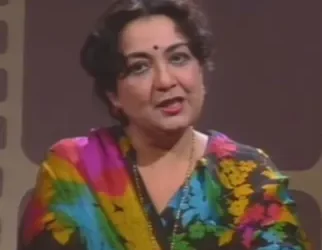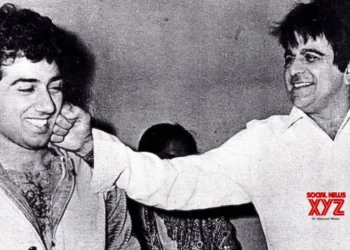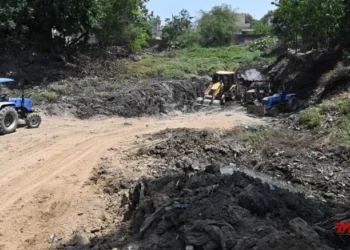Leading industry bodies on Tuesday hailed the Telecom Regulatory Authority of India’s (TRAI) recommendations of around 35-40 per cent cut in the reserve price for 5G spectrum for mobile services, terming it historic and which can finally put India on the world 5G map.
The telecom regulator has put forward a mega auction plan valued at over Rs 7.5 trillion at the base price allocated over 30 years.
According to industry experts, the TRAI has mooted the concept of sharing of spectrum between the satellite and 5G industry in a harmonious manner.
“These are one of the most holistic, far-sighted and balanced recommendations in the last 25 years of the Indian telecom industry,” said T.V. Ramachandran, President of Broadband India Forum (BIF).
The entire gamut of available spectrum in 600 MHz, 700 MHz, 800 MHz, 900 MHz, 1800 MHz, 2100 MHz, 2300 MHz, 2500 MHz, 3300-3670 MHz and 24.25-28.5 GHz spectrum bands has been recommended by the TRAI to be put to auction.
“This would be extremely useful keeping in view that only limited spectrum is available for 5G in the 700 MHz band. The sub-GHz spectrum bands are extremely useful for indoor coverage in metros and for rural coverage,” the BIF said in a statement.
In future auctions, access spectrum will be assigned for a period of 30 years as against 20 years now.
The BIF said that the TRAI has recommended the reserve price to be 1.5 times the reserve price for 20 years for the respective band, which is a constructive step for the industry.
“Increasing the validity of spectrum from 20 to 30 years confers substantial advantage to telecom service providers by giving a longer-term certainty for planning and recovering their investments,” it added.
In terms of spectrum pricing, a price of Rs 317 crore/MHz of 5G spectrum has been recommended in the key 3.5 GHz band.
While the revised price may appear to be only 35 per cent below the previously recommended price, “this may be the best possible under the circumstances, since the indirect benefits from a 30-year tenure and easier payment terms would be quite substantial”, the BIF noted.
Pankaj Mohindroo, Chairman of the India Cellular and Electronics Association (ICEA), told IANS that the industry was demanding and expecting a deeper cut.
“This reduction will, however, help the industry to some extent and we welcome this move,” he said.
On the aspect of private 5G networks, Ramachandran said that these recommendations would enable India to showcase early adoption of 5G across several different verticals – be it healthcare, education, manufacturing, or more.
“We can ill afford to stay behind the rest of the world, and this is an opportunity for India to catch up on 5G through private networks,” he added.
According to Ankit Jain, Assistant Vice President and Sector Head, Corporate Ratings, ICRA on the Telecom Sector, TRAI has recommended spectrum auctions with one of the largest quanta of spectrum on offer (more than 100,000 MHz).
“The reserve prices have been materially revised downwards by around 35-40% from the last spectrum auction and despite this, the total spectrum on offer at reserve price is valued at around Rs 5 lakh crore for 20 years,” he said.
“Even at a modest participation in this auction, the debt levels of the industry are likely to elevate further to Rs 4.8 lakh crore by March 2023, despite the improvement in the cash flow generation post the tariff hikes as well as the deleveraging initiatives undertaken by the telcos,” he added.























